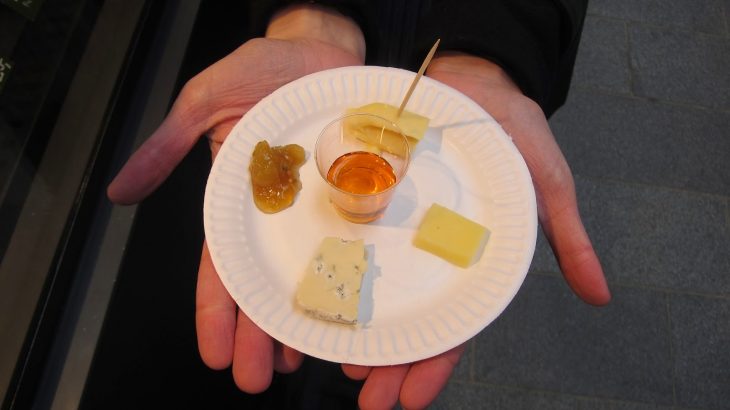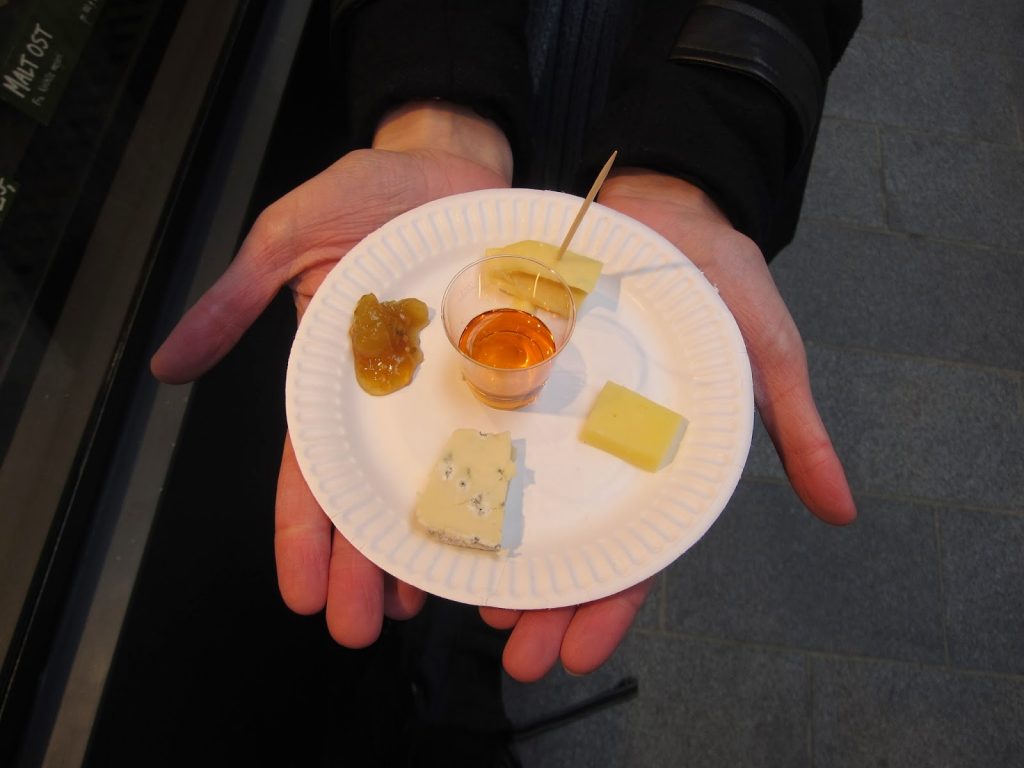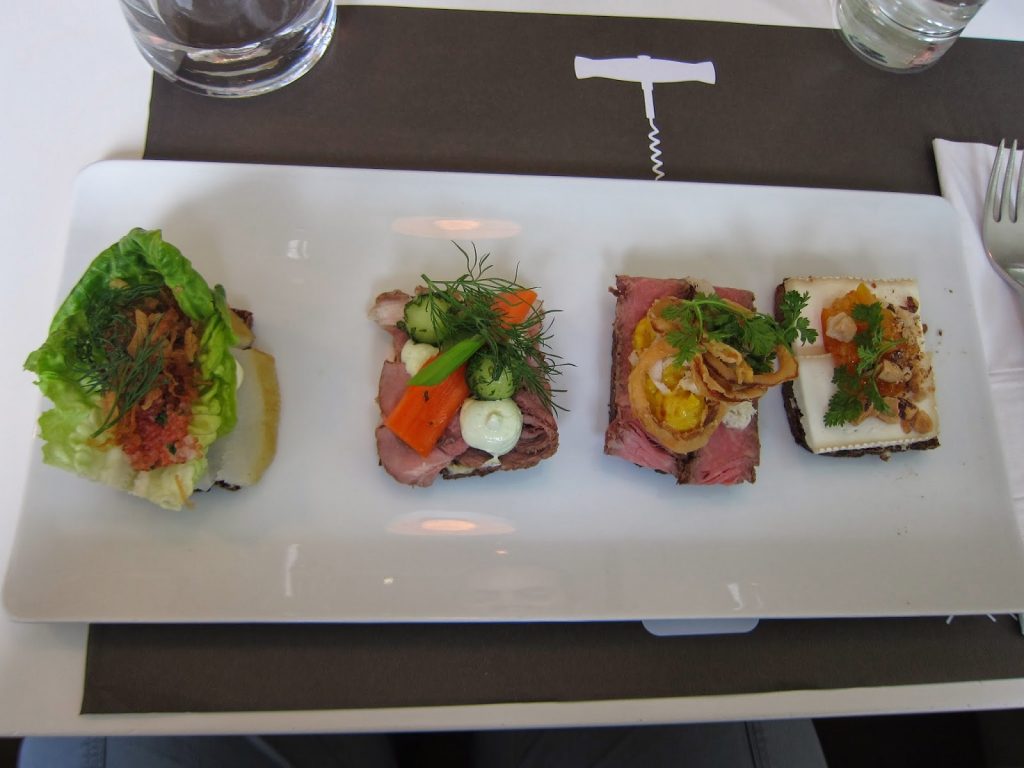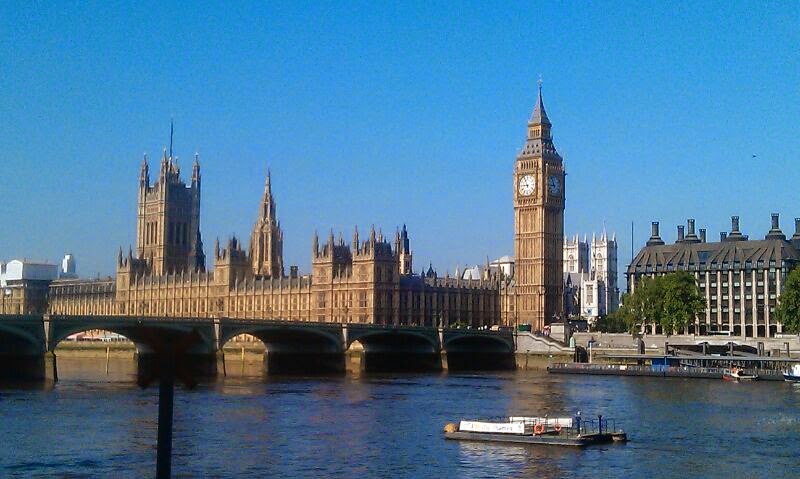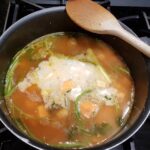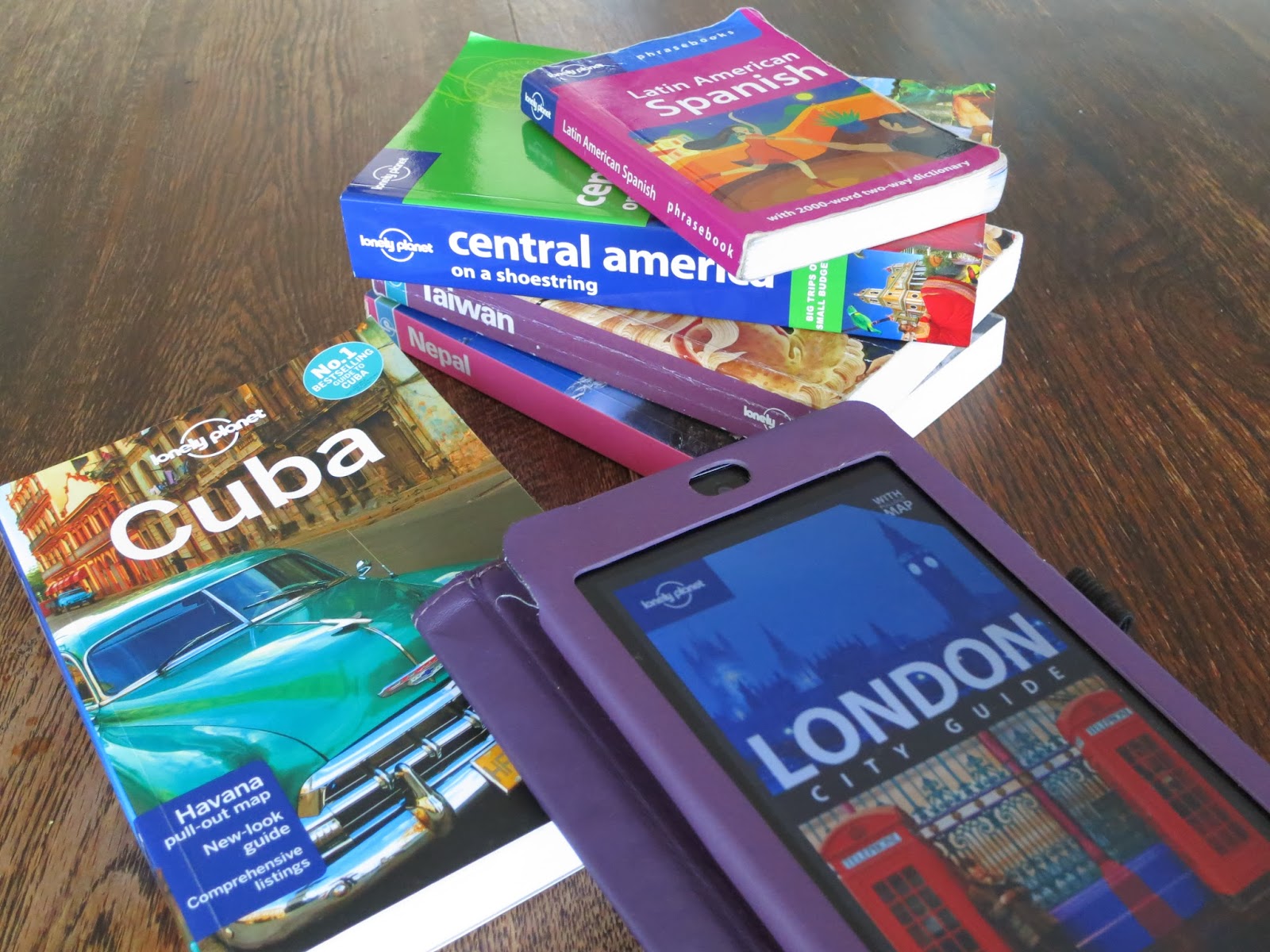I have to confess to wondering what else Copenhagen is famous for, other than being the home to Hans Christian Andersen and Carlsberg.
During a few days touring the city I was surprised to find that Nordic cuisine has become far superior to the bland foods that I have had elsewhere in the region.
Why?
In 2003, a Danish food-entrepreneur, opened the acclaimed restaurant Noma, in Copenhagen. Less than a year later the New Nordic Kitchen Manifesto was created. This aimed to distinguish the unique Nordic cuisine identity and commitment to organic, sustainable and local products. Basically this means that Nordic cooking has been experiencing some reinvention over the last decade.
Noma, serves only food from the Nordic region. In 2010, it was awarded the best restaurant in the world. And for 3 years consecutively it has maintained the top spot.
Despite having dropped to second place last year, Noma still has a 6 month waiting list, so consequently I didn’t get to experience what all the fuss is about.
Of course, realistically, it is likely to have been out of our budget anyway, so instead, I was keen to find out more about the history and food culture in Copenhagen, from the foundation of the city to modern times.
So, taking a tour with Copenhagen Food Tours was perfect for the first day of our visit. Not only did we sample some amazing local delicacies, but I was left well informed of the transition of Danish food over the last few years. Plus in experiencing all of this, I picked up quite a bit regarding the accomplishments of Christian IV and other historical figures too.
Market Hall
We started the tour at the market hall, at Torvehallernekbh, at Unika Arla where we sampled a selection of unique Danish cheeses with chutney and a small shot of aquavit.
Wow, the Danish blue cheese was divine, but probably not popular with many, given it’s acquired taste.
Afterwards we enjoyed a variety of candies, jams and biscuits from the island of BornHolm, including the popular Lakrids (liquorice) produced by Johan Bülow and rye biscuits (in the well known blue box) that are world famous too.
The market hall is well worth a visit to stock up on local delicacies, the bakery selling fresh bread, pastries and coffee is a great place to people watch and take it all in.
Afterwards, at the Botanical Gardens, we learnt about some of the local history regarding the Carlsberg producers and tried some Elderflower juice. Definitely a place to come in the summertime, but even during the winter months, head into the greenhouse to warm up a little.
Open sandwiches
I had already read up about smørrebrød, the Danish open sandwich, and was pleasantly surprised to find that the tasting of these during the tour involved 4 different miniature sandwiches (at Aamanns).
Open sandwiches were originally only eaten by farmers. The combination of bread (acting as a plate) and leftover meat and other fillings was eaten with fingers, often out in the fields. During the 1800’s these sandwiches developed and became a regular item on pub menus. In time, these became sophisticated, taller and more extravagant, and more commonly served to guests at Tivoli; where they marked their choices on an order card.
What I really liked about the sandwiches we were served, was the variety of flavours from the sauces and condiments piled up on the slices of rye bread, and the fact that eating with a knife and fork made them superior to sandwiches as we know them.
After our fill of open sandwiches we took a short walk, passing through the “Potato Rows” – a community of townhouses in the Østerbro neighborhood that was built in the 1800’s as housing for workers, and is now one of the most popular and highest-priced addresses in Copenhagen. These buildings were very distinctive, and a complete contrast to the apartment style homes of the majority of the city dwellers that you will see elsewhere.
The area around the manmade lake – Sortedams Sø, is a quiet place to take a walk, despite being windy at this time of year. I’m sure this would be a prime picnicking spot in the summertime.
Drinks and grub
We sought shelter from the wind, at a micro brewery, where we enjoyed tasting some freshly-brewed beers. Nørrebro Bryghus brew the beers on site with good quality ingredients; I really enjoyed the lemon flavoured one. I also really liked the idea of their 5 course menu with 5 different beers to compliment each course, but unfortunately we were too pushed on time to return here during this visit.
Three small glasses of beer put us in the mood for some more grub – and of course a piping hot sausage is a great way to soak up the alcohol.
The DØP hot dogs are organic, and you can really taste the difference in the quality of the ingredients. After 3 days in Copenhagen I can assure you I have tried plenty of them – all yummy!
Dessert
What I found great about this food tour was that it is so well thought out, with each visit planned around our tasting pallet.
A visit to a traditional sweet shop, Søemod’s Bolcher, where we tried the ‘taste of rhubard’ hand crafted sweets, was a nice touch ahead of our final stop and dessert.
They have regular sessions showing how the sweets are produced – check out their facebook page for details of daily production times.
Dessert was served at Summerbird, where they have beautiful hand-made chocolates. Here we enjoyed the lavish flødebolle (translates to snowball) which is similar to a chocolate teacake but definitely yummier.
Conclusion
We finished the tour close to the city centre, after having consumed enough for a full meal. And we definitely tried everything on the Danish food menu, other than perhaps a danish pastry.
We were extremely lucky to have Maria as our guide. Reviews on Tripadvisor support the fact that we found her informative, knowledgeable and with a quirky sense of humour, although I have heard good feedback about the other guides too.
Like many things in Copenhagen (and Denmark generally), a food tour caters for a higher budget than I would normally allow myself. However, a foodie, or someone who is used to travelling in Europe, and in particular Scandanavia, will find that the price is comparable to the level of service. You don’t just taste food on this tour, you get to learn about the history of Denmark and this beautiful city.
I would highly recommend taking a tour if you enjoy learning about local traditions, want to get as much as possible from a tour in one go or want to find out more about what food is on offer. It’s a great way to begin a visit to Copenhagen and get a good basic understanding of life here.
If your budget doesn’t quite stretch to a food tour then I urge you to try some of the foods available in the city – especially keep an eye out for an opportunity to try the lakrids (liquorice), Smørrebrød (open sandwiches), flødebolle (snowball/tea cakes), hot dogs and danish pastries.
Twenty years ago, Danish cuisine in the capital’s restaurants, although traditional, was likely to have been considered ‘bland’. Today I can assure you it’s one cuisine that will leave you wanting more.
